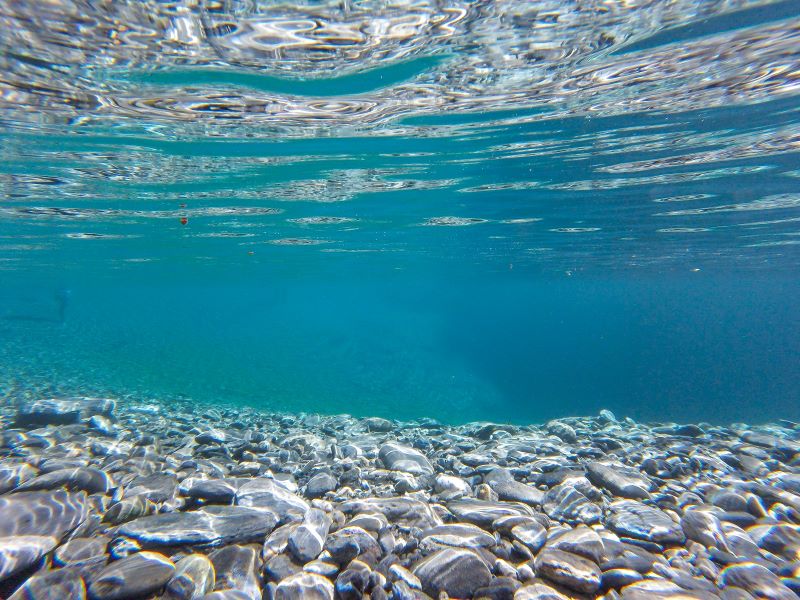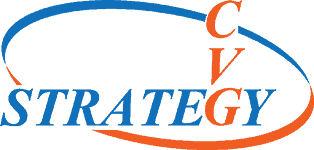
Immersion MIL-STD-810 Method 512 is used to evaluate the ingress protection capabilities of products against water intrusion. This is normally used for military equipment where immersion in water is a probable event in that product’s life cycle, including logistical and tactical transport. Performance of this testing does not necessarily preclude a requirement for Blowing Rain testing, as this environmental stressor presents different challenges for gasket design.
Procedures for Immersion
There are two test procedures available for Immersion testing. Procedure I (Immersion) evaluates the ability of enclosed equipment to withstand water immersion. Procedure II (Fording) evaluates vehicles traversing a body of water or material secured to such vehicles. As in other MIL-STD-810 test methods, operational testing is required when indicated by requirements or the Life Cycle Environmental Profile (LCEP).
Typical complete immersion duration is 30 minutes for both procedures. For Procedure I, a standard depth of 3.28 ft (1 m) is used. This depth is measured from the surface of the water to the top of the test item. For Procedure II test depth is determined by the class of vehicle the equipment is designed for.
When testing to depths greater than 1 meter is required, a pressure vessel may be used with the test item completely submerged.
Pretest Temperature Conditioning
Temperature differentials between the test item and water are known to increase the likelihood of ingress. This is caused by pressure differentials created as enclosure interiors cool. Therefore, it is required to preheat the test item before immersion.
For items that are subject to heating due to solar radiation, the prescribed temperature is 49 °F (27 °C) above the measured water temperature. For other items the Unit Under Test (UUT) should be preheated to 18 °F (10 °C) above water temperature. It is important to ensure that the item has been heated such that the item interior temperature meets requirements. Where the interior temperature is unknown, the item should be heated for two hours.
When the item being tested is too large for a test facility’s environmental chambers, testing can be performed without preheating if the immersion depth is compensated for the calculated pressure differential that would be caused by heating.
IEC 60529 Ingress Protection
IEC 60529 Ingress Protection is a commercial standard for evaluation. This method includes dust and penetration tests, water splash, immersion, water jet spray, and high pressure and temperature water jet spray testing. This standard is typically applied to commercial products and their ability to keep the environment from interfering with the operation of a product.
The standard includes equipment ingress classifications (IP code) defined by the letters IP followed by two digits and an optional letter. As defined in international standard IEC 60529, it classifies the degrees of protection provided against the intrusion of solid objects (including body parts like hands and fingers), dust, accidental contact, and water in electrical enclosures.
Detailed Environmental Test Plan Templates
CVG Strategy offers EZ-Test Plan Templates for MIL-STD environmental (climatic/dynamic) and EMI/EMC testing documentation. Our Detailed Environmental Test Plans (DETP)s are written as specified in MIL-STD-810 Task 405. They are available for specific applications such as Ground Mobile, Ground Stationary, and Shipboard Controlled, Shipboard Uncontrolled, and Aircraft Military.
These DETPs include appropriate test methods, (such as Immersion MIL-STD-810 Method 512) addendums for product specific information, test labels for photo identification and data sheets for collection of required data. Profile (LCEP).
Our Electromagnetic Interference Test Plans are written as specified by the Department of Defense. They contain the test methodology, addendums for product specific information, test labels for photo identification and data sheets. These plans are available for procedures listed in MIL-STD-461 and are also available for MIL-STD-1275, MIL-STD-704, and MIL-STD-1399-300.
Custom Test Plans are also available for applications not covered in the EZ-Test Plan offerings. These plans can be written for any number of applications and their relevant standards.
MIL-STD-810 Training Classes
CVG Strategy MIL-STD-810 classes will provide you with the ability to develop and conduct an environmental test program. Our two day course not only provides you with valuable information about climatic and dynamic test methods but also includes training in the methodology to correctly apply test tailoring.
This course is available online or onsite. Ample time is available for questions and comments so that participants are encouraged to keep engaged. Check here for our online Training Registration Schedule.
Put CVG Strategy’s Experience to Work for You
Companies of all sizes, from start up to established product developers, face challenges in product test and evaluation. This can particularly be the case when a product is developed for a new market sector or expanding sales internationally.
Properly tested products prevent costly product recalls, product redesign, and product liability. They maintain customer satisfaction and keep your company’s reputation in good standing. Contact CVG Strategy to see how our testing services can assist your engineering team with Immersion MIL-STD-810 Method 512.5, IEC 60529 or any other test and evaluation concern.


